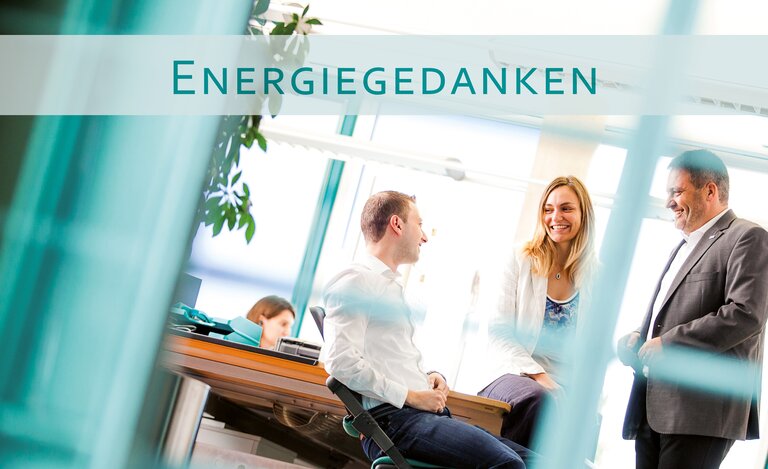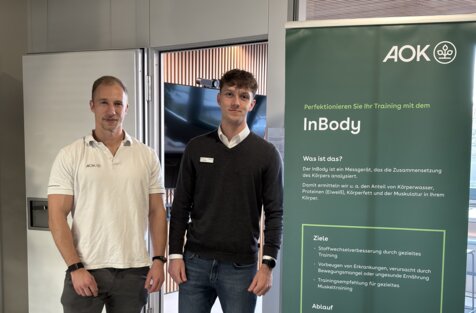Proof of economic efficiency FW704 for district heating and storage: Flat-rate simple or simple flat-rate for the financing gap
The fact is: Only very good local and district heating projects are really profitable to operate today. The low price of gas in particular is the enemy of sustainable heat networks based on combined heat and power (CHP). This is why only very good project planners and experts with a lot of experience should venture into project development and business model development for heating networks.
However, there is now the new worksheet FW 704 from the former working group
Fernwärme AGFW from May 2017, which leads to the conclusion that planning is also possible with little expertise. The AGFW - which is now officially called the "Energy Efficiency Association for Heating, Cooling and
CHP e.V." - uses the term "economic efficiency" in its draft FW 704. However, the association has actually written down a "procedure for explaining the
financing gap for new and expanded grids and storage systems"
The background to the existence of FW 704: The subsidies provided by the German government for pipeline grids and storage facilities are effectively subsidies. They may therefore only be granted if the economic viability of the project is not inherently guaranteed. And this in turn must be proven to the European Commission. The Federal Republic of Germany has undertaken to do this.
Because subsidies should in turn "lead to the companies concerned changing their behavior and taking on additional activities" that they would not do without aid. This is what it says in the UEBBL, as the EU's environmental aid regulations are abbreviated. However, this should not lead to the subsidization of sustainably uneconomical, non-viable heating systems, thereby preventing the optimization and careful development of viable district heating models
The AGFW has experience with financing gap calculation methods. It has developed and implemented the FW 703 worksheet and calculation tool for "unprofitable costs" for energy-saving measures in urban districts. As a result, it has now been able to "reach agreement with BAFA on how to implement the provision as unbureaucratically as possible, as demanded by the German government", writes the association in a trade journal
The BAFA, the Federal Office for Export Control, in turn, is tasked by the Federal Ministry of Economics with distributing many energy subsidies. The office should be happy if it does not have to submit a calculation procedure itself to prove whether a project is economical or not: Is a project cost-effective or not? And the ministry? It has already given the "green light" for FW 704. On May 15, it confirmed "that the procedure drawn up complies with the EU Commission's state aid decision", explain AGFW employees.
The AGFW's calculation method in FW 704 focuses primarily on lump sums: "To determine the financing gap, a lump sum of three years should be assumed for an investment project between the start of construction and commissioning," it says. The authors set the internal rate of return for the (loss) calculation at a flat rate of eight percent, as well as the permitted operator return.
Every one percent increase in renewable energies in generation results in one percent higher investment costs across the board. Energy price increases, house connection costs, ancillary costs, overheads, heating network losses, electricity coefficient of the
CHP plants: all flat rates in FW 704.
And if these flat rates lead to a financing gap after being entered into the Excel spreadsheet provided free of charge, this means: BAFA approves a grant of 100 euros per meter of grid. The same applies to storage systems - regardless of how high the calculated "negative profitability" actually is: also all flat rates.
Admittedly: In many cases, heating networks are only profitable today with the help of subsidies. However, it is incomprehensible that neither BAFA nor the ministry apparently do not require at least recognized minimum qualifications such as "energy consultant for SMEs" for those who calculate the profitability of projects in order to receive subsidies
PS: Comments on the AGFW FW 704 worksheet are still possible until September 15. Or, as the association probably expects: objections.
Link: www.fw704.de
(Author: Future Energy Team Gammel)



